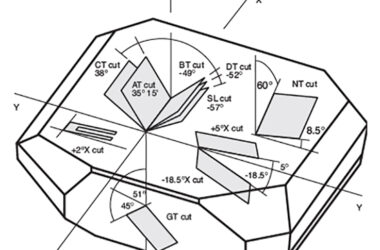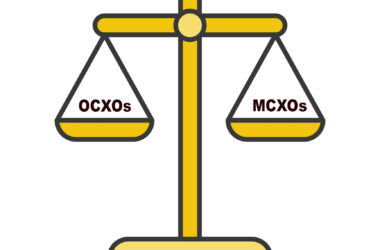Unleashing the Mystery of Crystal Cuts
Distinguished Guest Professor: Bernd Neubig, AXTAL Consulting When faced with quartz crystal data sheets or catalogs, you inevitably are confronted with the term “crystal cut.” What is this all about? This article will serve to clarify the significance of crystal cuts in the performance of crystal oscillators. In the most common applications quartz crystals are used as a core element to generate a stable frequency. Besides the stability over time (so-called aging), the frequency stability vs. temperature is a primary factor. Therefore, from the early beginning, researchers have looked on the parameters which determine frequency stability over temperature. Quartz crystals…



